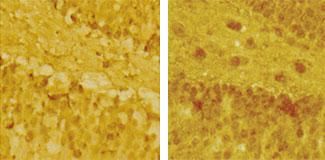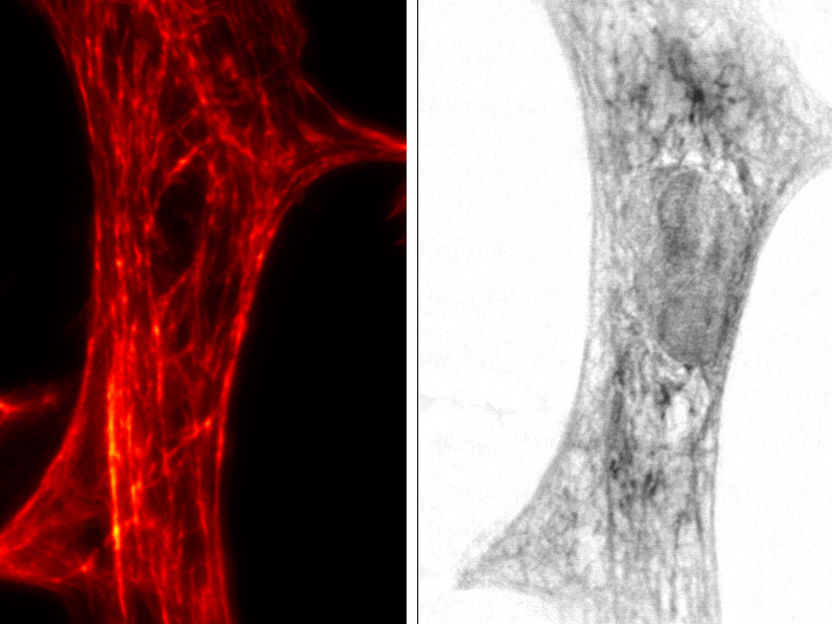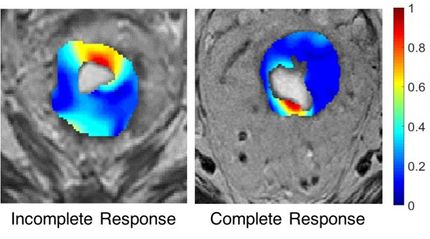New data on Novartis drug Zometa for treatment of breast cancer and multiple myeloma-related bone complications published
Basel, 22 October 2001 – Clinical data published in the September 2001 issue of The Cancer Journal demonstrate that the Novartis drug Zometa (zoledronic acid) reduces the incidence of cancer-related bone complications called skeletal related events (SREs) in patients with multiple myeloma or advanced breast cancer. The data also show that treatment with Zometa delays the time to onset of the first SRE. Additionally, the authors conclude that the fast and convenient 15-minute infusion time of Zometa offers benefit to physicians and patients. The breast cancer data from this study is being presented at the European Cancer Conference in Lisbon, Portugal on 21 October.
Skeletal related events are a serious, painful and sometimes life-threatening complication of bone metastases. They were defined in the study as pathologic fractures, spinal cord compression, surgery to bone, radiation therapy to bone and hypercalcaemia of malignancy. Current therapeutic options for complications of bone metastases include: chemotherapy, hormonal therapy, radiotherapy, analgesics for pain management, surgery and the use of intravenous bisphosphonates.
"The shorter infusion time of Zometa offers patients the important benefit of greater convenience than previous generation therapies," said Lee Rosen, MD, Assistant Professor in the Department of Medicine, Hematology and Oncology at UCLA Medical Center, a primary investigator and study author. "The data, combined with the convenient infusion time suggest Zometa should be the new standard of treatment for bone complications of breast cancer and multiple myeloma."
Study Details This international Phase III, randomized, double-blind, double-dummy trial was designed to compare the efficacy of the 15-minute infusion of Zometa (4 or 8/4 mg) to that of Aredia® (pamidronate disodium, 90 mg) infused over two hours. The study included 1,648 patients with either stage III multiple myeloma (a cancer of the plasma cells), or advanced breast cancer. The final efficacy analyses focused on comparisons of 4 mg Zometa versus pamidronate, as the higher Zometa dose did not provide added efficacy, but was associated with reduced tolerability. The primary efficacy endpoint was the proportion of patients experiencing at least one SRE by the 13th month.
The proportion of study participants who had experienced at least one SRE at month 13 was approximately 44% in the Zometa 4 mg group and 46% in the pamidronate disodium group. In addition, the median time to first SRE, a secondary endpoint, was approximately one year in both treatment groups. The multiple myeloma portion of the data was presented earlier this month in an abstract at the Recent Advances in The Management of Multiple Myeloma meeting, at the German Cancer Research Centre, in Heidelberg, Germany.
Most read news
Other news from the department science

Get the life science industry in your inbox
By submitting this form you agree that LUMITOS AG will send you the newsletter(s) selected above by email. Your data will not be passed on to third parties. Your data will be stored and processed in accordance with our data protection regulations. LUMITOS may contact you by email for the purpose of advertising or market and opinion surveys. You can revoke your consent at any time without giving reasons to LUMITOS AG, Ernst-Augustin-Str. 2, 12489 Berlin, Germany or by e-mail at revoke@lumitos.com with effect for the future. In addition, each email contains a link to unsubscribe from the corresponding newsletter.
Most read news
More news from our other portals
Last viewed contents

Clontech Laboratories, Inc. - Mountain View, USA

Windows of brain plasticity may help stress-related disorders
Benitec strengthenss Intellectual Property Position in Gene Silencing with more patents granted in Europe and the US

Tricking the novel coronavirus with a fake "handshake" - Scientists develop peptides that could inactivate coronavirus

The Mechanism Behind Melanoma Resistance to Treatment - Findings could pave the way for more effective therapies
Désiré-Magloire_Bourneville
Oxford BioMedica Announces US IND Approval for Novel Ocular Product in Usher Syndrome Type 1B

Artificial intelligence to reduce costs and improve efficiency in drug discovery - Chemical.AI and NovAliX reached a milestone in collaboration

Clear Labs - Menlo Park, USA

Researchers combine light and X-ray microscopy for comprehensive insights



















































